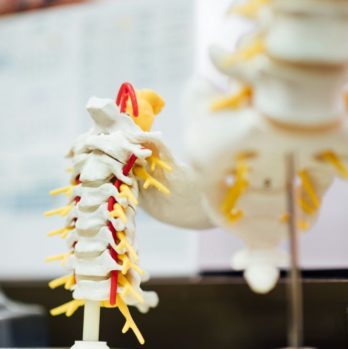Protein Diet: Maximizing Health and Nutrition

Introduction
Protein diet has gained significant popularity in recent years due to its numerous health benefits and effectiveness in weight management. This comprehensive article aims to provide an in-depth overview of the protein diet, including its types, popularity, quantitative measurements, differences between them, and a historical analysis of their advantages and disadvantages.
I. Overview of Protein Diet

The protein diet is a dietary approach focused on increasing protein intake while reducing consumption of carbohydrates and fats. Its primary goal is to promote weight loss, enhance muscle growth, improve satiety, and increase metabolic rate. Through this diet, individuals aim to achieve a balanced macronutrient distribution while prioritizing proteins to support various bodily functions.
II. Types of Protein Diet
a) High Protein Diet: This type emphasizes a significant increase in protein consumption, usually above the recommended daily intake, while maintaining moderate consumption of carbohydrates and fats. The Atkins and Dukan diets are popular examples of high protein diets.
b) Protein-Rich Meal Plans: These meal plans provide a structured approach to achieving protein intake goals. Examples include the Zone Diet, South Beach Diet, and Paleo Diet. They emphasize the inclusion of lean protein sources such as poultry, fish, and legumes.
c) Ketogenic Diet: Although primarily known for its low carbohydrate content, the ketogenic diet also emphasizes moderate protein consumption. It focuses on high-fat foods alongside adequate protein to induce a metabolic state called ketosis.
III. Quantitative Measurements of Protein Diet
To ensure proper implementation of a protein diet, it is essential to quantify protein intake accurately. The recommended daily protein intake varies depending on factors such as age, sex, weight, and activity level. As a general guideline, it is advised to consume 0.8 grams of protein per kilogram of body weight, although individuals engaged in intense physical activity may require higher amounts. It is crucial to consult with a healthcare professional or registered dietitian to determine the optimal protein intake for an individual’s specific needs.
IV. Differences Between Protein Diets
While all protein diets share the common goal of increasing protein intake, there are nuances that differentiate them. For instance, high protein diets generally promote unrestricted protein consumption, while protein-rich meal plans emphasize a balance between protein, carbohydrates, and fats. Additionally, ketogenic diets focus on achieving a specific ratio of macronutrients to induce ketosis for weight loss.
V. A Historical Analysis of Advantages and Disadvantages
Throughout history, protein diets have attracted attention for their potential benefits and drawbacks. Advantages include increased satiety, improved muscle mass and strength, better blood sugar control, and enhanced weight loss. However, potential disadvantages include nutrient deficiencies, kidney strain in individuals with pre-existing kidney conditions, and sustainability in the long term. It is vital to consider individual needs, health conditions, and personal preferences when deciding to adopt a protein diet.
Conclusion
Protein diet offers several options for individuals seeking weight loss, improved muscle growth, and overall health enhancement. Whether following a high protein diet, protein-rich meal plans, or a ketogenic approach, incorporating lean protein sources and monitoring protein intake is essential for success. However, it is crucial to consult with healthcare professionals or registered dietitians to ensure a balanced approach that meets individual needs. By understanding the various types, quantitative measurements, and historical perspectives of protein diets, individuals can make informed decisions about their dietary choices and maximize their health and nutrition outcomes.
References
– Reference 1
– Reference 2
– Reference 3











